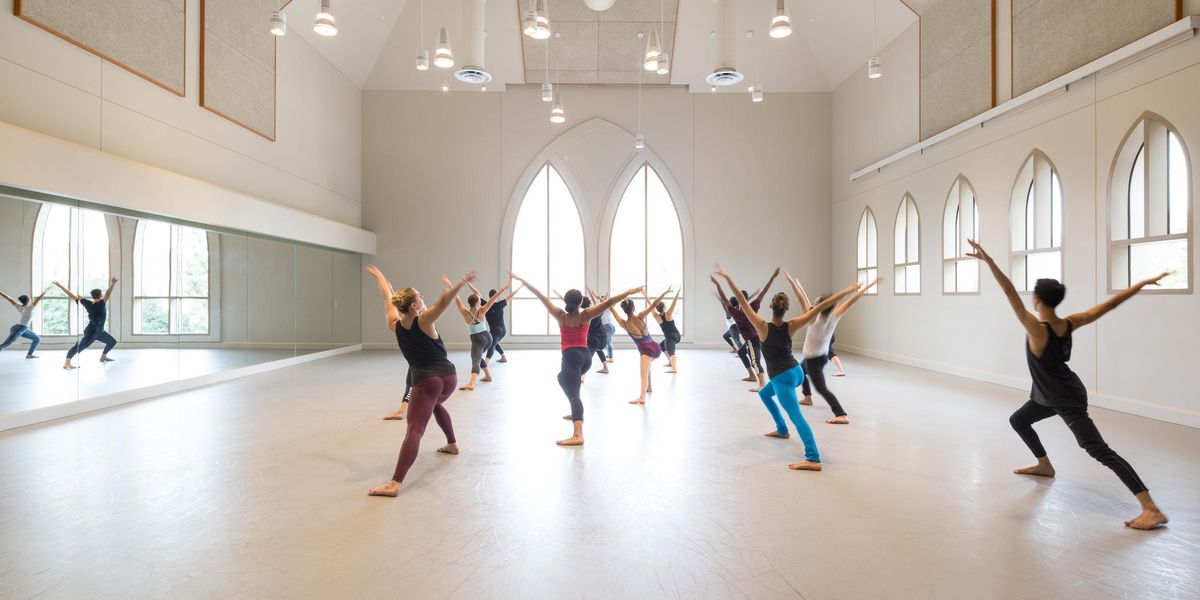This Halloween, Let's Talk About What Really Scares Dancers
Ghouls, ghosts, zombies and vampires—sure, they’re scary. And we’ll see plenty of them this Halloween weekend. But what really gives dancers the spooks? Try ripped tights, forgotten choreography and slippery stages. We all have those dance nightmares that keep us up at night, but they don’t have to be as scary as they seem. Conquer your biggest onstage fears by taking preventative steps, and knowing how to deal if they happen.
Forgetting Your Choreography
There are few things more terrifying than blanking onstage. But ultimately, if you stay focused and present, you should be able to avoid the deer-in-the-headlights look. If it does happen, just keep moving until you remember what you should be doing. And when you’re back in the studio, think about why that particular moment gave you pause. If it’s a stage fright issue, there are ways to deal with that, too.
Pacific Northwest Ballet’s Chelsea Adomaitis only had 30 minutes to learn a new role in Rassemblement. Photo by Angela Sterling.
Costume Malfunction
The best way to avoid a costume malfunction is to rehearse in your costume, and to be proactive about safety pinning or body glueing any loose or slip-prone areas. But if something still goes wrong, keep dancing and don’t draw attention by picking up a fallen item or adjusting a skirt or sleeve. If a malfunction leaves you exposed, try to make fixing it part of the dance.
Going on at the Last Minute
We’ve all had that nightmare where we’re thrown into a dance we’ve never even rehearsed. But sometimes it happens in real life. Dancers who’ve had this experience told us that staying relaxed and going easy on yourself when things go wrong can help you survive. And for many of them, a last-minute performance opportunity ended up being their big break.
Falling Onstage
Sometimes slips are unavoidable. But sufficiently rehearsing onstage and using the appropriate amount of rosin can help you avoid any sticky or slippery spots. If your fear is less about the floor and more about your stability, work with a teacher or coach to identify your weaknesses, and introduce a cross-training regimen that can help you feel more secure.
Injury
It’s the most terrifyingly real dancer fear. But luckily, there are steps you can take to avoid getting hurt. Obviously, injuries vary greatly and you should consult a medical professional if you feel as though you’re at risk. But we have tips on avoiding and recovering from some of the most common ones. A fear of hurting yourself shouldn’t hold you back from dancing your best, so take proper precautions.




